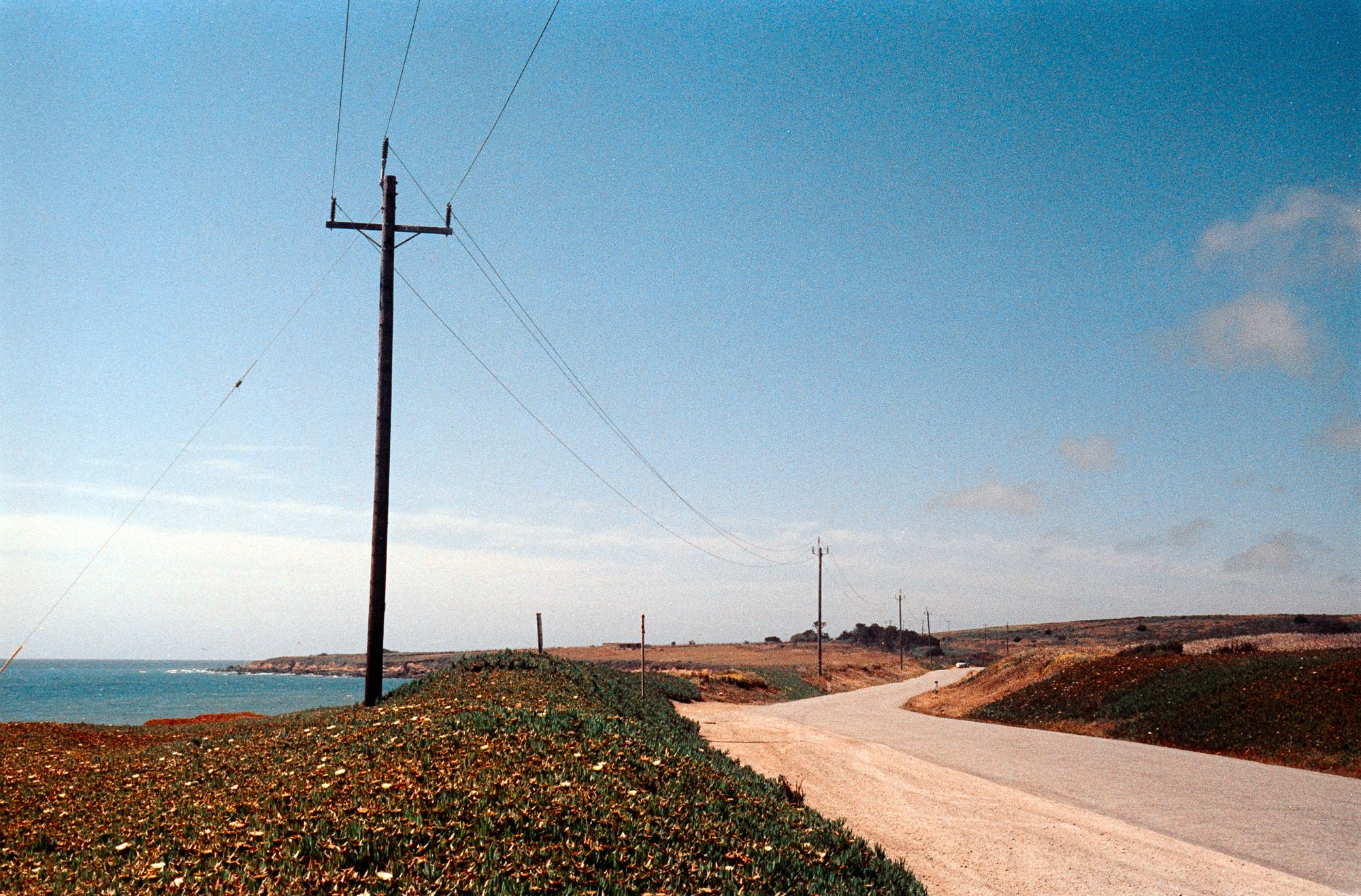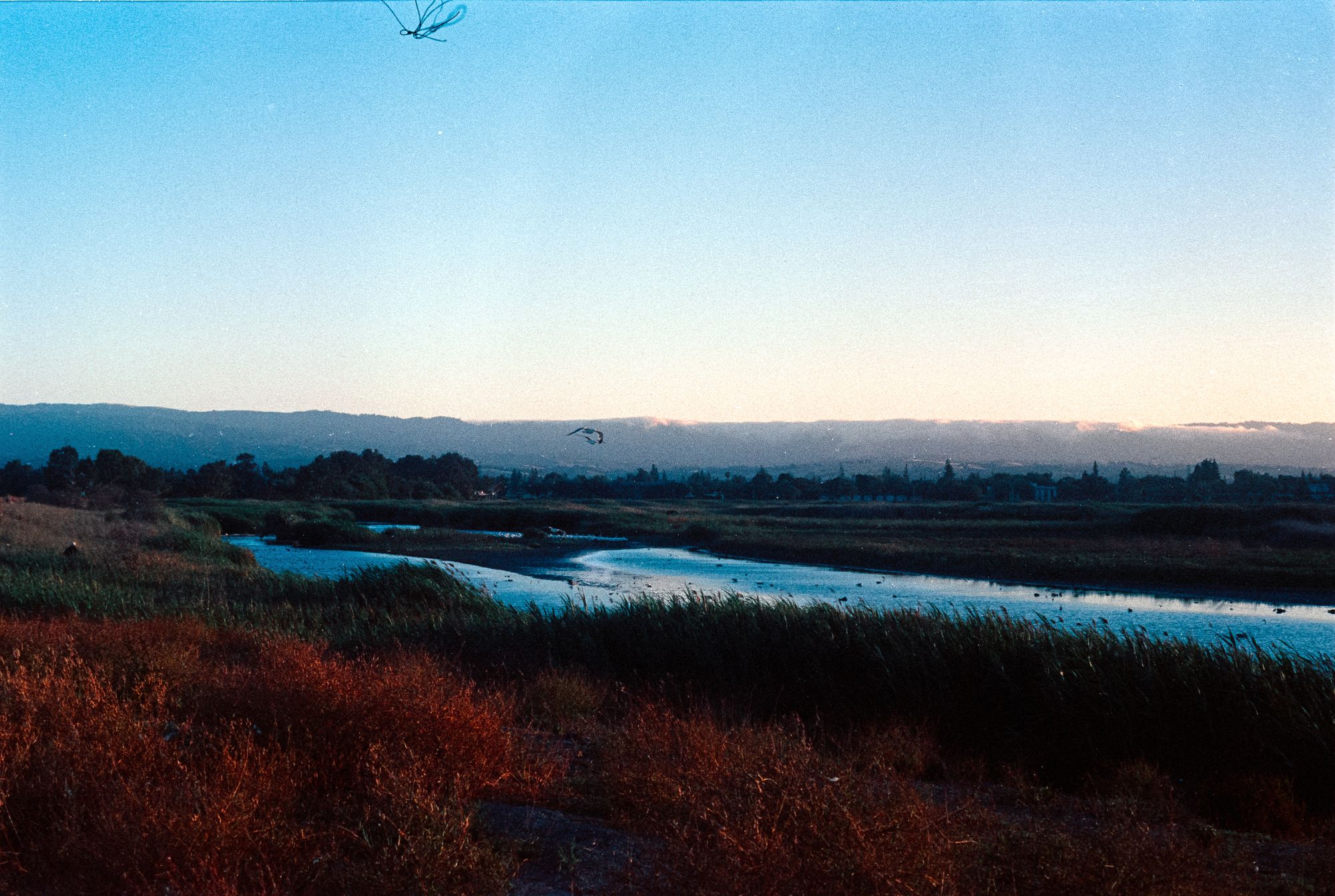experiments with kodak vision3 500t film
It's not a good time to be shooting film. Prices have been going up, stock has been decreasing, more and more people are starting to pay more for film cameras.
But we still find a way!
Since about February, I've eschewed C-41 film and have adopted the bulk-loading ecn-2 film lifestyle (and t-max 400 but we're still working through those rolls). I bought a bulk loader, some reusable film canisters, and have quickly been getting to work loading my bulk rolls of Kodak Vision3 500T into the little black canisters.
If you're looking for a guide on how this is done, you may want to check out this video. It's by far the most straightforward and helpful one I've found.
But my results! That's what everyone is here to see right? We'll be covering two types of processing: with an ECN-2 kit and the Cinestill CS41 kit with a remjet removal bath beforehand.
Developing with the QWD ECN-2 kit

Developing with the QWD kit is actually not as much of a hassle as you think. If there was a spectrum of ease of development, I'd say that this is somewhere in the middle. The biggest hassle is making sure all the chemicals are within the cooking range, and that the developer is within striking range.
I like that the remjet remover is included, and honestly I think it's better than doing it the other way (baking soda and c41). And there are a lot of benefits to using ECN-2 as opposed to doing it the C-41 way, mainly that your C-41 chems will wear out faster than if you used ECN-2 or just shot color film.
Honestly the only downside to using ECN-2 is all the bottles involved. You're going to have to buy two sets of bottles from Amazon, but it honestly is worth it. Plus if you're doing ECN-2 and the occasional black and white, that last bottle can probably hold your fixer!
I think the quality of the photos is better too. Using C-41 to process your motion picture film is known as cross-processing (since it's not the correct process), which will not render your photos with the correct qualities — but good enough to be usable qualities nonetheless.
Developing with C-41

It is well known that when you develop film, you have to use the right process. Black and white film has its own process. Slide film has its own process. Motion picture has ECN-2 and normal color negative film uses C-41.
But what if I told you ... you could develop your negative film with C-41!!! It's cheaper (I think), and all you need is to use a baking soda solution (30 g per liter i think) to wipe off the remjet layer.
I got this tip from Pushing Film, and I'm loving it. I still shoot a fair amount of motion picture and color negative film, so only having one developer makes things much easier for me. Lately I've been switching over to color negative more often than motion picture, so not having to buy a whole new developer makes me more comfortable to jump around and experiment.
That being said, I do think the drawbacks are high.
C-41 chemicals are reusable, and meant to be reused. But with every normal use, the effectiveness goes down (think of it like how many charges there are). When you develop motion picture film with the C-41 process, the effectiveness drops at a higher rate. So you'll get 20 uses out of C-41 if it's processing color negative, but less than than if you mix ECN-2 and C-41, and a lot less if it's just. ECN-2 film.
I guess that's my only qualm with it. I don't really pay attention to negative thinning and such because I'm so tired when I scan my film so I can't really speak on that front.






Should you do it?
Yes-ish. I think if you develop film and scan yourself already (already a cost-cutting practice), you should switch. You'll need to buy a bulk roller, but trust me when the savings are high: for me, I was reaching almost $5 a roll.
One thing I will say is that many film photographers like the choice of using a different type of film for different situations. You're not going to get that with motion picture film but it is fairly flexible in general.

Member discussion